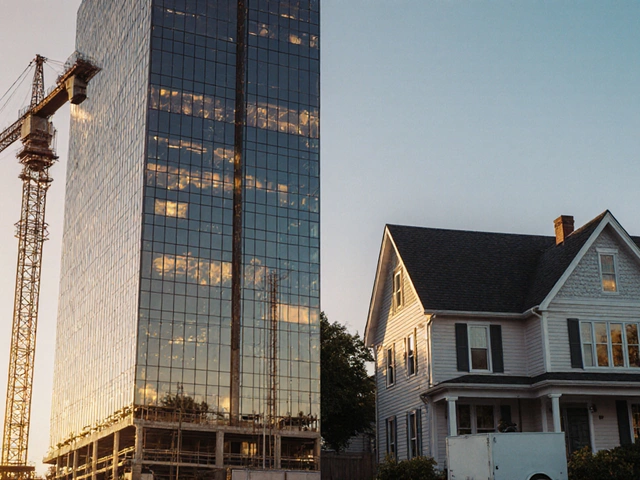Building Safety: Real‑World Tips to Keep Your Home Solid
Ever wonder why a tiny crack in the wall feels like a big red flag? It’s not just an eyesore – it can signal bigger problems underneath. From shaky foundations to leaky roofs, the safety of your building starts with spotting the signs early and acting fast.
Foundations – The Base That Holds Everything
First things first: if your foundation is moving, everything above it suffers. Look for doors that stick, windows that won’t close, or uneven floors. Those are classic clues that the ground is shifting. When you see hairline cracks, a DIY sealant might hold for a while, but if cracks widen or you notice water seeping in, call a structural engineer. They’ll tell you whether a simple epoxy injection will do or if you need a full replacement. Remember, fixing a problem early saves you from costly excavation later.
Many homeowners ask, “Can I repair my own foundation?” The short answer: minor issues, yes; major movement, no. Simple tasks like improving drainage, re‑grading the soil, or sealing small cracks are doable with a weekend’s work. But if you notice large gaps, doors slamming shut on their own, or a noticeable dip in the floor, that’s a sign a professional should step in.
Roofs – Your Home’s First Defense Against Weather
A roof might look fine until a storm hits. If you hear water dripping in the attic or see moss growing on shingles, it’s time to inspect. Cheap roofing tricks can bite you later – low‑cost materials often need replacement sooner. When budgeting for a roof, compare per‑square costs, material durability, and the pitch of your roof. Negotiating the price works better when you understand what’s included: removal, disposal, underlayment, and warranty.
Roof repairs are another DIY‑friendly area for small leaks, but a major patch or full replacement should be left to pros. They have the tools to safely work at heights and can ensure the roof meets local safety codes, which is crucial for insurance claims.
Beyond foundations and roofs, consider mold in new builds. Moisture that gets trapped behind walls can turn healthy homes into unhealthy ones. Good ventilation, proper flashing, and using moisture‑resistant materials keep mold at bay.
Finally, keep a checklist of safety checks every six months: look for foundation cracks, test drainage, inspect roof shingles, and run a moisture meter in basements. Small, regular inspections are the cheapest way to catch big problems before they cost a fortune.
Building safety isn’t about one‑off fixes – it’s a habit of staying aware and acting quickly. Use the guides on this site to dive deeper into each topic, from the 345 rule for foundation design to the best flooring choices for new builds. Stay safe, stay smart, and keep your home standing strong for years to come.
Type 5 Building Construction Explained: Residential Framing, Risks, and Safety Tips

Curious about Type 5 construction? Find out what makes it popular for homes, the materials used, fire risks, and safety tips. Learn smart ways to stay safe.
read more



